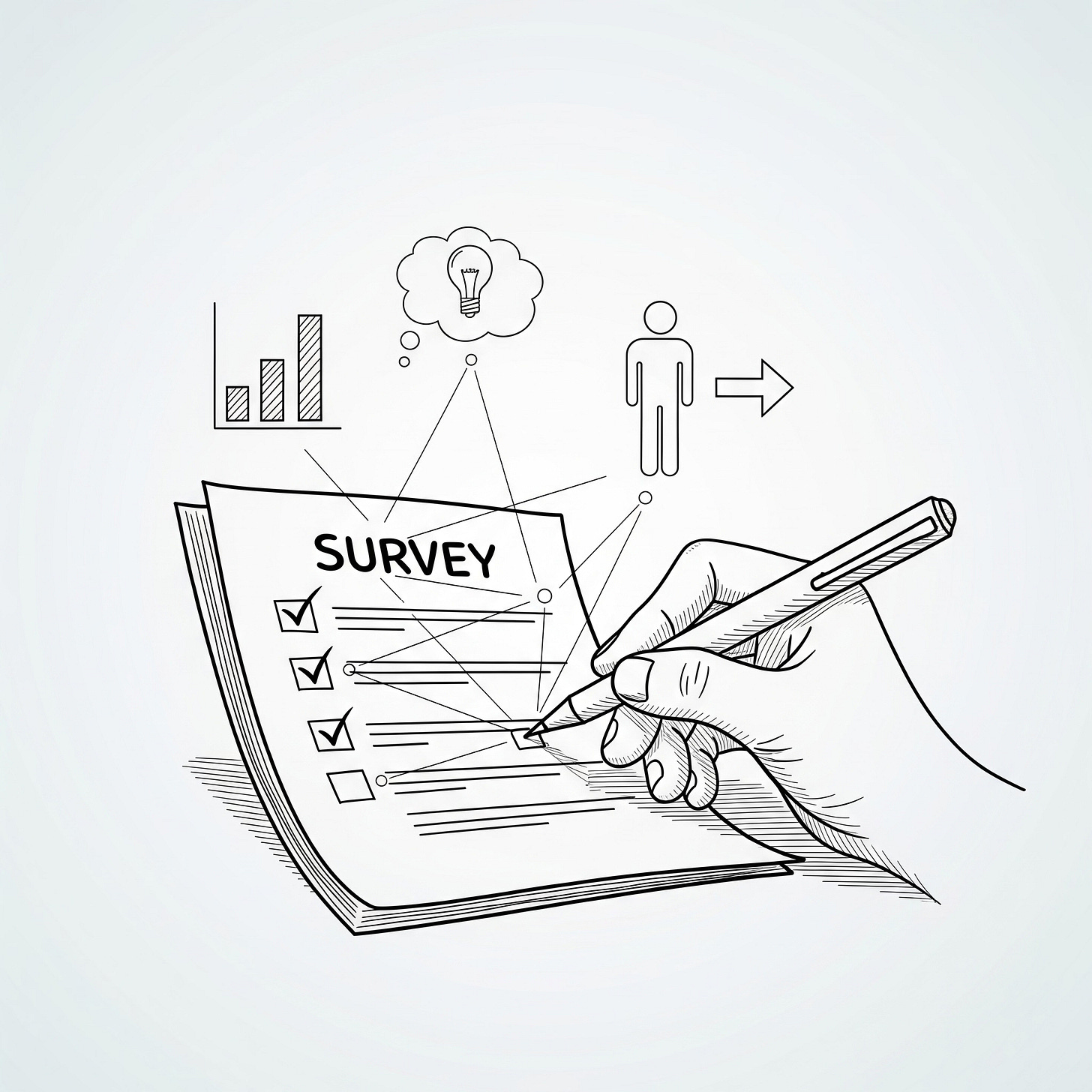Techniques for Analyzing Survey Data
From Answers to Insights: A Guide to Unlocking the Secrets of Your Survey Data
Surveys are a powerful way to gather direct feedback from your customers, employees, or target audience. But collecting the data is only half the battle. The true value lies in knowing how to analyze it. Analyzing survey data is the process of turning raw responses into actionable insights that can drive business decisions. Whether your survey has 10 responses or 10,000, using the right analytical techniques is essential for drawing accurate conclusions and avoiding common pitfalls.
Many people make the mistake of simply looking at the top-level percentages without digging deeper into the data. This can lead to a surface-level understanding that misses the most important insights. For any business owner, marketer, or researcher, a strategic approach to analyzing survey data is a non-negotiable skill. This guide will walk you through the key techniques, from basic to advanced, and provide a "how-to" framework for turning your survey results into a powerful story.
Why a Strategic Approach to Analysis is Crucial 🤔
A well-executed analysis of survey data is essential because it helps you:
Find the "Why" Behind the "What": Go beyond simple percentages to understand the motivations, preferences, and pain points of your audience.
Make Better Decisions: Use objective data to guide product development, marketing campaigns, and business strategy.
Prove Your Hypotheses: Validate your assumptions with real-world feedback.
Identify Opportunities: Uncover unmet needs or hidden trends that can lead to new products or services.
Step-by-Step Techniques for Analyzing Survey Data 📊
I. Start with the Basics: Quantitative Analysis (The "What") 📝
Quantitative analysis focuses on the numbers and structured data from your survey (e.g., ratings, multiple-choice questions).
Calculate the Averages and Percentages: This is your starting point. Look at the average rating for each question or the percentage of people who selected a specific option.
Use Filters and Segmentation: This is where the real insights begin. Segment your data by different groups to find meaningful patterns. For example, you could compare the ratings of "first-time customers" versus "repeat customers" or analyze satisfaction scores by age group or location. This helps you identify which segments are happiest, or which ones are having the most problems.
Run a Correlation Analysis: This technique helps you see if there is a relationship between two variables. For instance, is there a correlation between a customer's satisfaction rating and their likelihood to recommend your product? Knowing this can help you prioritize your efforts.
II. Dive Deeper: Qualitative Analysis (The "Why") ✍️
Qualitative analysis focuses on the unstructured data from open-ended questions. This is where you find the rich, detailed feedback that explains the quantitative results.
Categorize Your Responses: Read through the open-ended answers and group them into themes or categories. For example, in a "why did you rate us low?" question, you might find categories like "customer service issues," "poor product quality," or "website navigation."
Use Word Clouds or Frequency Tables: Visual tools like word clouds can quickly show you the most frequently mentioned words, giving you a fast way to spot common themes and feelings. A frequency table can give you a more precise count of how often a certain theme or phrase appears.
Look for Quotes: Pull out powerful, direct quotes from your respondents. These quotes can be used to illustrate your findings and make your final report more compelling. A quote like, "I would have bought more if the checkout process wasn't so confusing," is far more impactful than a simple statistic.
III. Tell a Story with the Data 🎨
Your analysis is only as good as your ability to communicate it. Don't just present a spreadsheet full of numbers.
Use Visualizations: Use charts and graphs to make your findings easy to understand at a glance.
Bar Charts: Great for comparing categories.
Line Graphs: Perfect for showing trends over time.
Pie Charts: Best for showing parts of a whole (but avoid using too many slices).
Write a Clear Summary: Start your report with a high-level summary of your key findings. What are the most important takeaways? What are the top 3 things your audience wants you to know?
Provide Actionable Recommendations: Don't just report on the data—tell your audience what to do next. Based on your findings, what specific actions should the business take? (e.g., "Our analysis shows a high correlation between customer satisfaction and our website's performance. We recommend we invest in improving our site speed.")
By combining quantitative and qualitative analysis and presenting your findings in a clear, compelling way, you can transform your survey data from a simple collection of answers into a powerful roadmap for success.
Do your survey results feel like a jumbled mess of numbers? Visit FunctioningMedia.com for expert data analysis and business intelligence services that turn your raw data into clear, actionable insights. Let's make your surveys a powerful tool for growth.
#DataAnalysis #SurveyData #MarketResearch #DataAnalytics #DataTips #BusinessIntelligence #QualitativeAnalysis #QuantitativeAnalysis #FunctioningMedia



